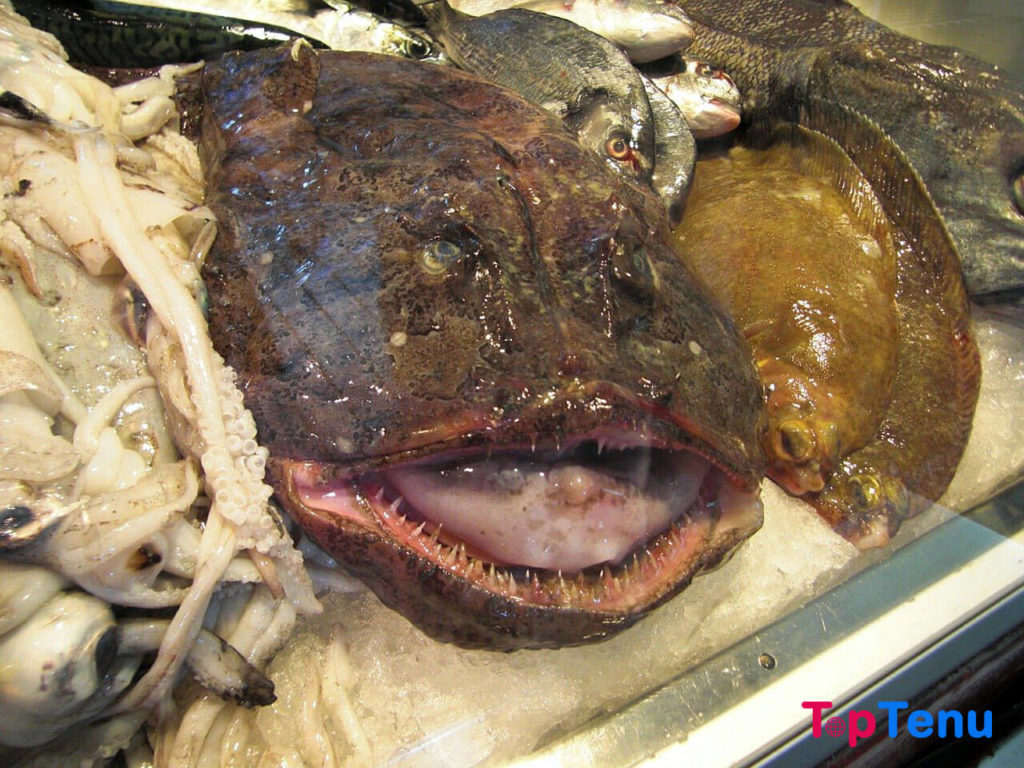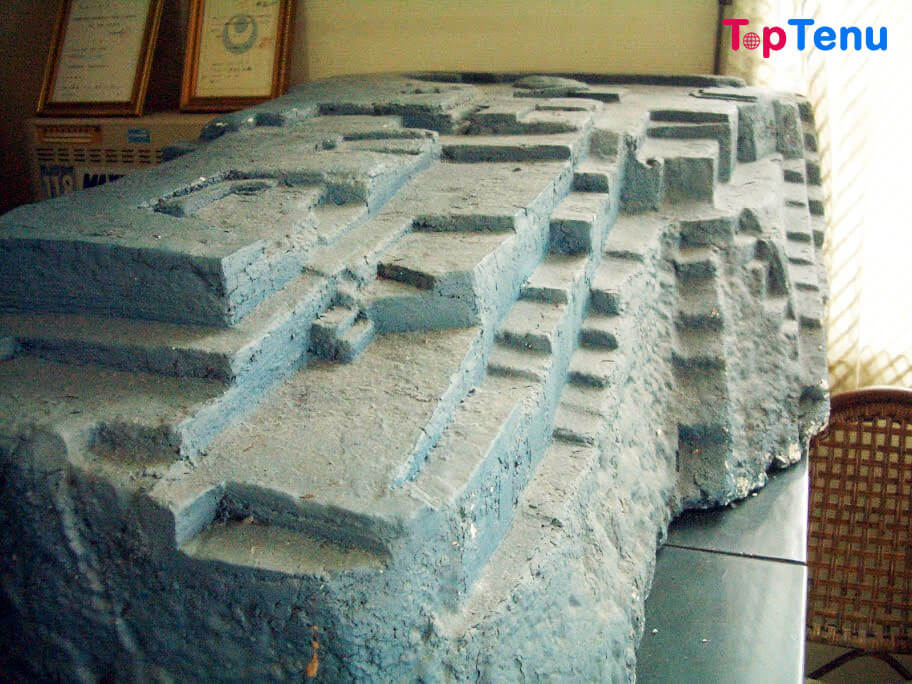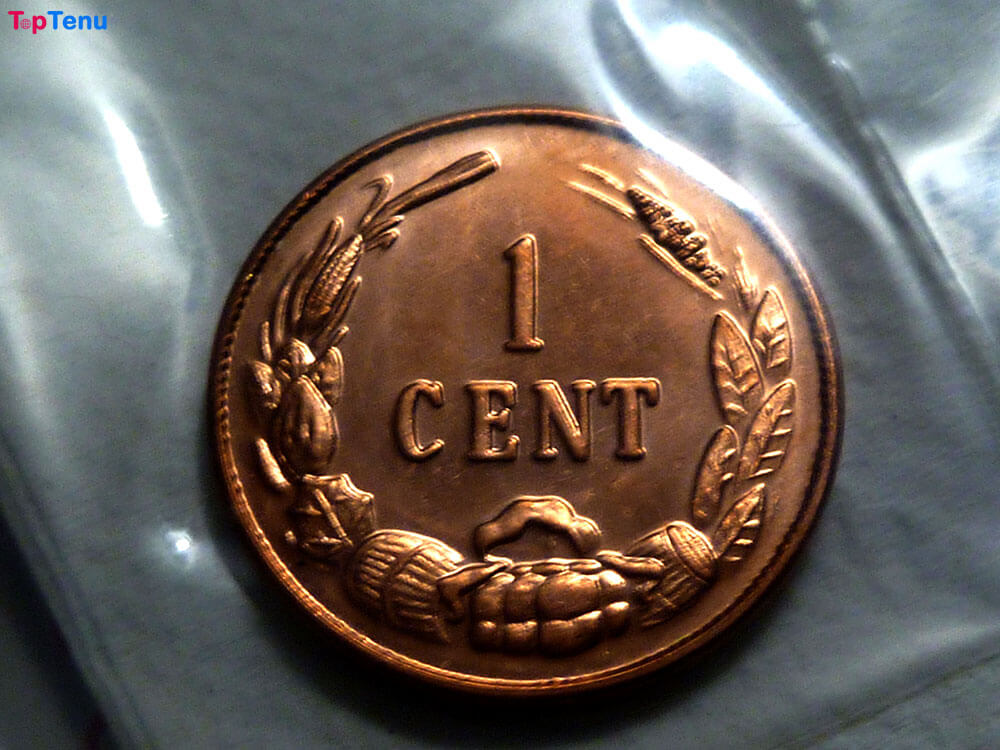No. 1.
Maple In Japan, every fall, the streets are covered with yellowish-red maple leaves, leading to an immensely beautiful romantic scene.
That’s why numerous tourists usually flock to Japan to see-sight and take photos under canopies of striking maple leaves in the fall.
However, did you know that the maple leaf is not just for viewing, but it’s also a popular snack in Japan? This dish is called Tempura Momiji crispy breaded fried maple leaves that are served at many Japanese street eateries.
At first glance, most people suppose that maple leaves are just breaded and fried, but if you think like that, you’re totally wrong.
This is because the preparation stage takes up to a whole year before you make such crispy fried maple leaves. First, fallen maple leaves on mountains are collected.
People also have to carefully consider which spots for collection for sure that such leaves are clean when taken back home.
In addition, not all maple leaves are edible, the Japanese don’t eat red maple leaves, but only yellow maple ones since the latter seem to be softer and easier to eat.
In particular, yellow maple leaves marinated with salt can still remain their original color, so they look better after fried.
No. 2.
Bamboo salt In order to make bamboo salt, people put sea salt in old bamboo tubes that are at least three years old.
Following this, the bamboo tubes are sealed with a special yellow clay from a Korean rural area. Afterward, the salt in the tubes is baked at a temperature of 1,300 – 1,500 degrees C.
In some areas, they are initially heated at low temperatures, about 400 – 600 degrees C and end up at a high temperature.
When bamboo is burnt, the bamboo’s flavors and minerals combine with the salt into a mass, leading to a mineral balance.
In other regions, some medicinal substances are added or some medicinal trunks are baked along with the bamboo tubes.
In this way, unique salt with many unique uses is created. In the traditional Korean medical field, bamboo salt has been used as part of the prevention and treatment of various health problems, particularly dental conditions, and skin inflammation.
The bamboo salt exerts a positive effect on blood purification, regeneration and detoxification. It can be used in daily meals as a spice, which is considered part of a healthy lifestyle.
The process of producing pure salt today causes a loss of valuable minerals, leaving only sodium chloride (NaCl).
This contributes to the growth of health problems caused by a lack of minerals. The mineral balance in bamboo salt would be an effective alternative that has long been applied by Korean ancestors.
No. 3.
Mozuku Since long time ago, the Japanese have used seaweed in their daily meals as a unique culinary culture.
We often admire that they could process seaweed and algae into a variety of delicious dishes such as pickled salads, pickled seaweed, soups, tempura dishes, seaweed mixed with white rice, etc.
Having said that, tasty nutritious seaweed dishes are considered indispensable part at the Japanese’s dinner table.
According to studies, the Japanese’s life expectancy is highest in the world while the percentage of cancer is lowest because Japanese citizens have taken advantage of that precious marine plant.
Knowing the algae’s benefits, not only the Japanese but also Vietnamese people started having the food in their daily meals.
Apart from that, researchers discovered that fucoidan, only found in algae, can be used to cure cancer. This brings a ray of hope to millions of cancer patients around the world.
No. 4.
Wood barnacle Mangrove forests in the Philippines are home to a pest named tamilok. In Vietnamese, it is called woodworm or wood borer, but the species is neither a worm nor a barnacle.
It actually belongs to bivalve mollusks. In other words, it’s more closely related to clams and shellfish.
As the name implies, wood barnacles often inhabit in large tree trunks, chiseling wood every day for food.
They are tiny, only about 2 cm long, milky in white, though some individuals are up to 60cm long with a trunk diameter of up to 1 cm and more.
In addition, several individuals are covered in a light-brown layer with rough ridges, which helps them better disguise themselves in their habitat.
Filipinos can easily notice the trunks damaged by that mollusks. They bring the logs home, cleave them in two and take wood borers out. It’s the Filipinos “terrifying” specialty that the slimy creature is considered to be.
Not only the raw material are horrifying, but also the way to enjoy the “specialty”. After taking the wood barnacles home, the locals just clean the creature, remove their tails, and then eat them directly without cooking.
No. 5.
Katsuobushi If you had tried a lot of Japanese food, you would’ve devoured this “log” many many times, I suppose! This is Katsuobushi – a kind of fermented dried tuna.
It’s also the main flavor in traditional Japanese dishes. For those who are suckers for Japanese food, Katsuobushi is probably more familiar in the form of paper-thin dried scales, that are sprinkled on various Japanese dishes such as cold tofu, Okonomiyaki Japanese pancakes, Takoyaki octopus, etc.
Katsuobushi is made from a fish called striped tuna, which Westerners call Bonito. The name “Katsuobushi” derives from the fish’s Latin name “Katsuwonus Pelamis”.
The tuna is portioned into four pieces of the fillet and simmered for several hours, then the bones are removed.
Following this, each piece is coated with fish paste so that gaps due to boning are filled, leading to a smooth surface and a smooth mass. The fillet is then smoked for a month.
Next, the hard fish blocks are scrapped to ensure a perfect shape and then are sprayed with yeast.
This is actually a fermentation method, similar to the way that Vietnamese people make northern soybean jam.
The yeast used is related to Koji – a group of probiotics that benefit humans’ digestive system and general health.
Miso and soy sauce also contain that type of yeast. After being sprayed, the fish is put into a room suitable for probiotics so that they can grow up.
The block is then dried under the sunshine. The process ends up a beautiful block of amber fish. Currently, there’s only a very small percentage of Japanese dried tuna manufactured completely based on that process.
As one of the rare hardest food, dried Japanese tuna is often only used in the form of paper-thin scales. Well, everything is so cool but we have to stop now.
I’m pretty sad to say that. There’re lots of secrets that we need to discover, right? Don’t forget to join us at 2 slots of time here.






